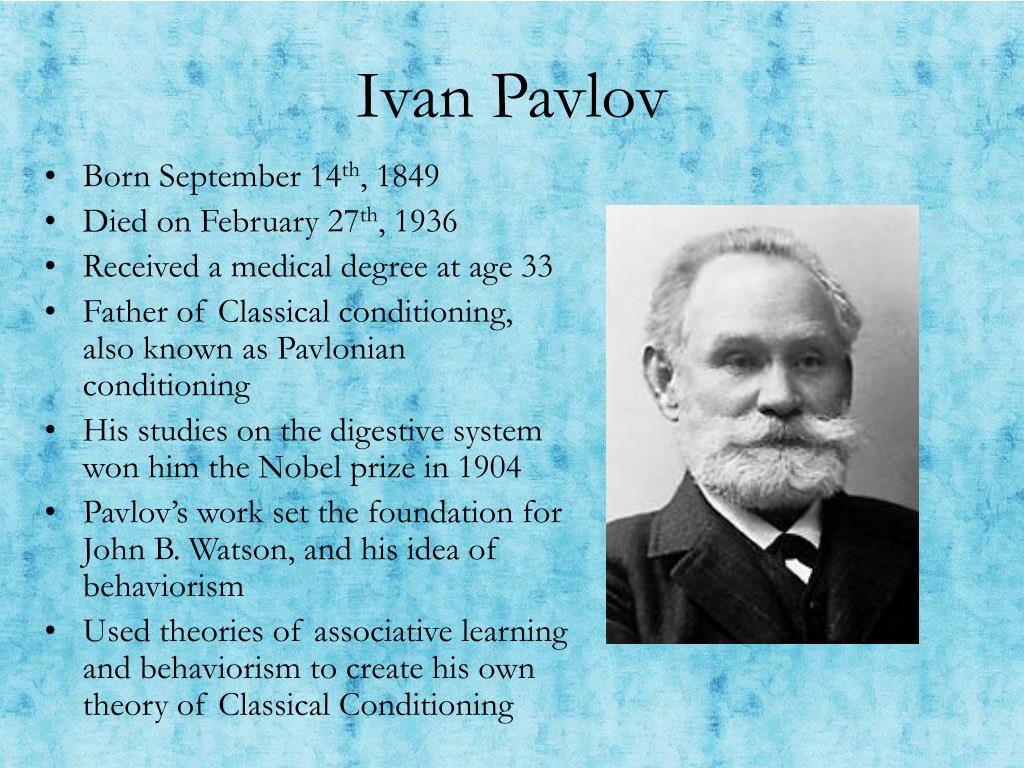

Our results demonstrate the impressive learning abilities of Linepithema humile, which coupled with efficient intranidal information transfer and strong use of pheromonal recruitment may help explain their ability to discover and then dominate resources. Food flavour information is transferred efficiently between nestmates in the nest, driving preference: naïve ants housed with ants fed on flavoured food show a strong preference (77%) for that odour after 24 hours. This rapid learning is long-lasting, with one exposure to a runway odour associated with a reward resulting in a strong preference (73%) for this odour even after 48 hours. Further experiments demonstrated that having two cues (runway odour and food flavour) does not improve learning significantly over just one cue. Odour learning was even more rapid, with just one visit to a flavoured food source, reached by a scented runway, leading to 85% choices for the corresponding scent on a Y-maze. The ants showed very strong and rapid side learning, choosing the correct arm in a Y-maze 65% of time after just one visit, and 84% correct after two. Here, we conducted a detailed and systematic investigation of olfactory learning and side learning in Argentine ants. Associative learning and within-nest information transfer might be a potential tool for achieving this goal. Increasing preference for, and consumption of, is thus an important requirement for successful control. However, control attempts often fail due to insufficient bait uptake, or bait abandonment.

The Argentine ant ( Linepithema humile ) is one of the most damaging and widespread invasive ant species worldwide.

Changes in emotional states were also identified as important predictors of Facebook addiction (χ ² (1) = 94.54, p < 0.001) with 48.8% of the variation in the reported addiction behavior matched with 92.6% of perceived addictive characteristics.įacebook dependency during the lockdown period was paired with a number of adverse psychological effects among young Mauritians effects which were likely associated with the frequency and purpose of Facebook use during the pandemic. The lowest scores of mental well-being were noted during the confinement period (0.77 ± 1.8) as compared to pre-confinement (6.56 ± 1.42) and a remarkable recovery was observed post the confinement phase (6.68 ± 1.32). Higher scores of depressive symptoms were observed during the confinement period (10.05 ± 0.13) as opposed to pre- (0.31 ± 0.79) and post- (0.38 ± 0.09) temporal zones. The findings revealed a radical proliferation of social media (91%) through a self-perceived dependency for its informative purpose and related addiction as well as an evolution of adverse psychological effects characterized by a spectrum of feelings such as restlessness and lowered self-esteem.

The instrument consisted of a combination of validated scales and self-developed items. The current study sought to explore how the pattern of use, as well as the purpose of Facebook usage, could impact the mental well-being of young Mauritian adults, before, during and after the pandemic-mediated confinement.Ī cross-sectional approach using a sample of 378 young adults was chosen with a self-administered questionnaire shared through online mediums. Prominently, an increase in Facebook usage during the pandemic was observed which could influenced the mental well-being of Facebook users. The unprecedented outbreak of the Coronavirus disease (COVID-19) resulted in numerous psychological consequences among young Mauritians. This is of great importance because the majority of the children with ASD are nonverbal, and lack of communication correlates with problem behavior. Having in mind the effectiveness of the implemented procedure, as well as data that parents of children with ASD can be successfully trained to use this procedure in their home environment, it is important to train them to implement it correctly. At the very first session of the procedure implementation, the child spoke clear words, while in the last session, the number of spoken words per session was 192. Therefore, the aim of this case study is to examine the effectiveness of the use of ss pairing procedure in order to induce vocal speech with a nonverbal child diagnosed with ASD. Research shows that using this procedure is more efficient for increasing the number of emitted words when compared to other procedures. Stimulus-stimulus (ss) pairing procedure can be used in a variety of ways in treatment of people with autism spectrum disorders (ASD), however it is mostly used in inducing vocal speech in nonverbal children.


 0 kommentar(er)
0 kommentar(er)
